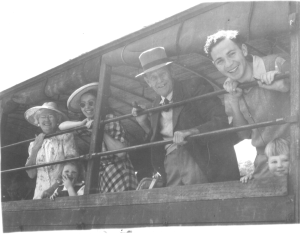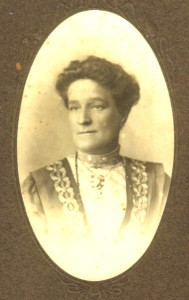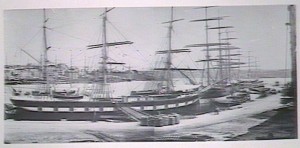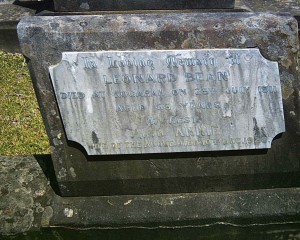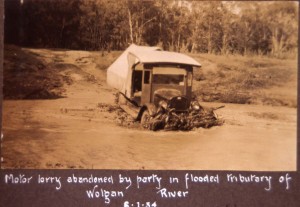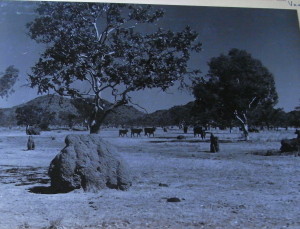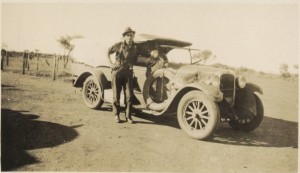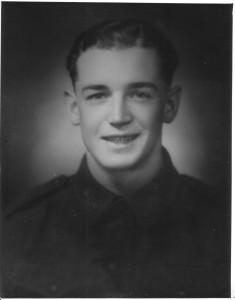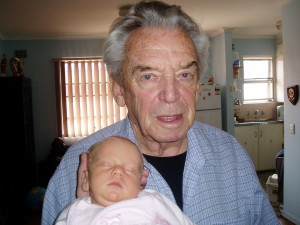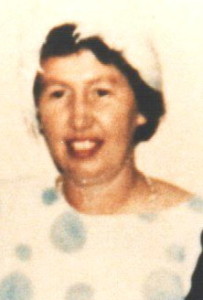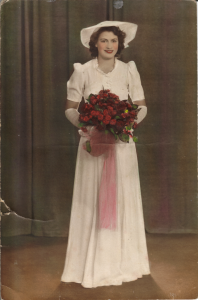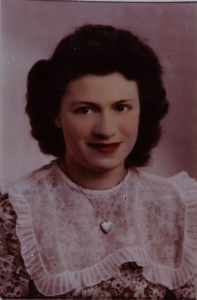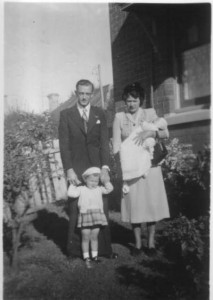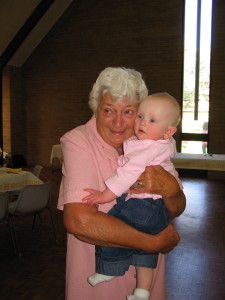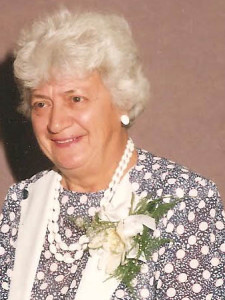Today I sat in the NSW State Archives and shivered my way through 9 different documents to get a sense of what my family have been up to.
Up until 1975 there was no ‘No Fault Divorce’ in Australia. That meant that for a divorce to occur one party had to prove to the other that divorce was necessary. http://www.family.org.au/afa-journal/114-afa-journal-vol-33-no-1-2012/190-reforming-divorce-law There were a number of specific categories that could result in divorce, they included; desertion, separation for five years in certain circumstances, adultery and cruelty, habitual drunkenness, insanity and imprisonment. http://parlinfo.aph.gov.au/parlInfo/download/library/prspub/F4TB6/upload_binary/f4tb65.pdf;fileType=application/pdf#search=%22A%20question%20of%20%20a%20short%20history%20of%20Australian%20No%20fault%20divorce%20law%20since%201959%22
But it was not enough to just state one of the above categories without proof of fault, a divorce would not be granted. Fault divorce meant that only the ‘innocent’ party could apply for a divorce, and fault by the other party either had to be admitted or proved by the applying party before the court. If fault was admitted or proved, it would be open to the court to award a more favourable property settlement and/or alimony to compensate the spouse who was the victim of fault.
So when going to look at divorce files from the archives from prior to 1975 you know one of two things. Either what you are going to look at is probably not going to be nice, OR the couple colluded to come up with a way to get divorced. The most common one of these was for the couple to agree to live separate for a length of time and then have one member of the couple sue for ‘restoration of conjugal rights’. The other individual would then refuse the Court Order and the person who requested ‘restoration of conjugal rights’ would have a reason to get a divorce. All of this of course works unless one person wants the divorce and the other person doesn’t. When this happens it all just gets nasty and lots of ways of faking divorces happen.
However, in the case of Ray Bean and Linda Bean nee Pratt it seems that divorce was real enough. Family stories say that the issues between Ray and Linda were far from one sided and that in fact both could be violent. But, it was Linda who filed for divorce and so only her side is heard in the Courts. Linda used sustained abuse for the period of one year as her reason for requesting a divorce. Ray did not contest the divorce at all and I believe that he was as happy for a divorce to occur as Linda was. It is noticeable that in the entire time that Linda claimed that the abuse was happening the police were called once and she refused to press charges when Ray said that the abuse would stop. According to the documents, the abuse did not stop.
Divorce was an extremely difficult thing in Australia, and many other countries, prior to 1975. This left many people trapped in loveless marriages from which they were unable to easily escape. Ray and Linda were another two in this situation. When people are trapped they do horrible things to each other and in many cases to the rest of the family. It is noticeable in the divorce proceedings that Linda claims that Ray will not pay her any maintenance for the children, that she has gone back to work, as a nurse, and that she is unable to afford to look after the children without help on her salary. There was very little in the way of child care at this stage for working parents, even if they could afford it, so it is easy to imagine the impact that a low income and the main carer having to work would have had on the family.
Divorce is never nice, prior to 1975 in Australia it could devastate a family.

